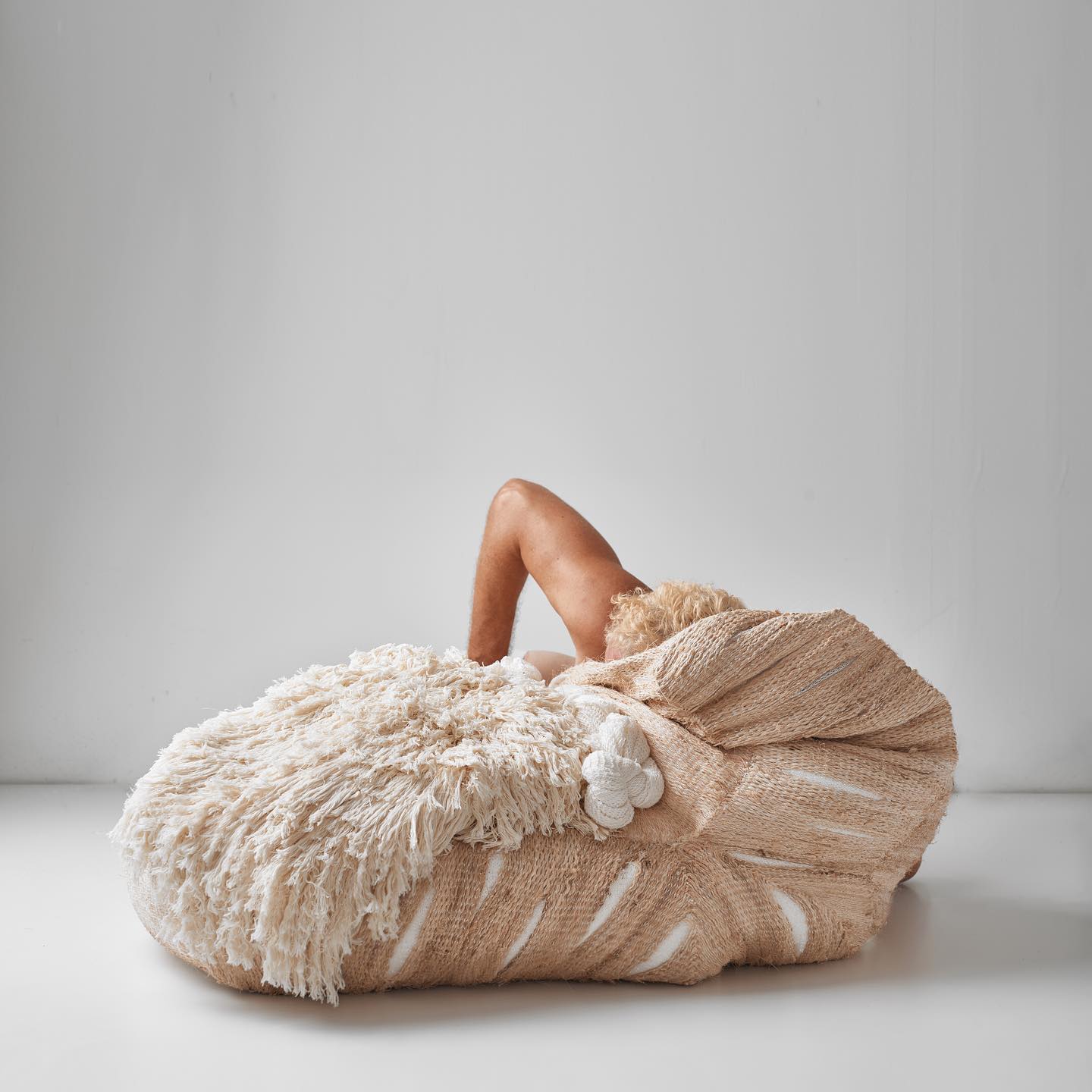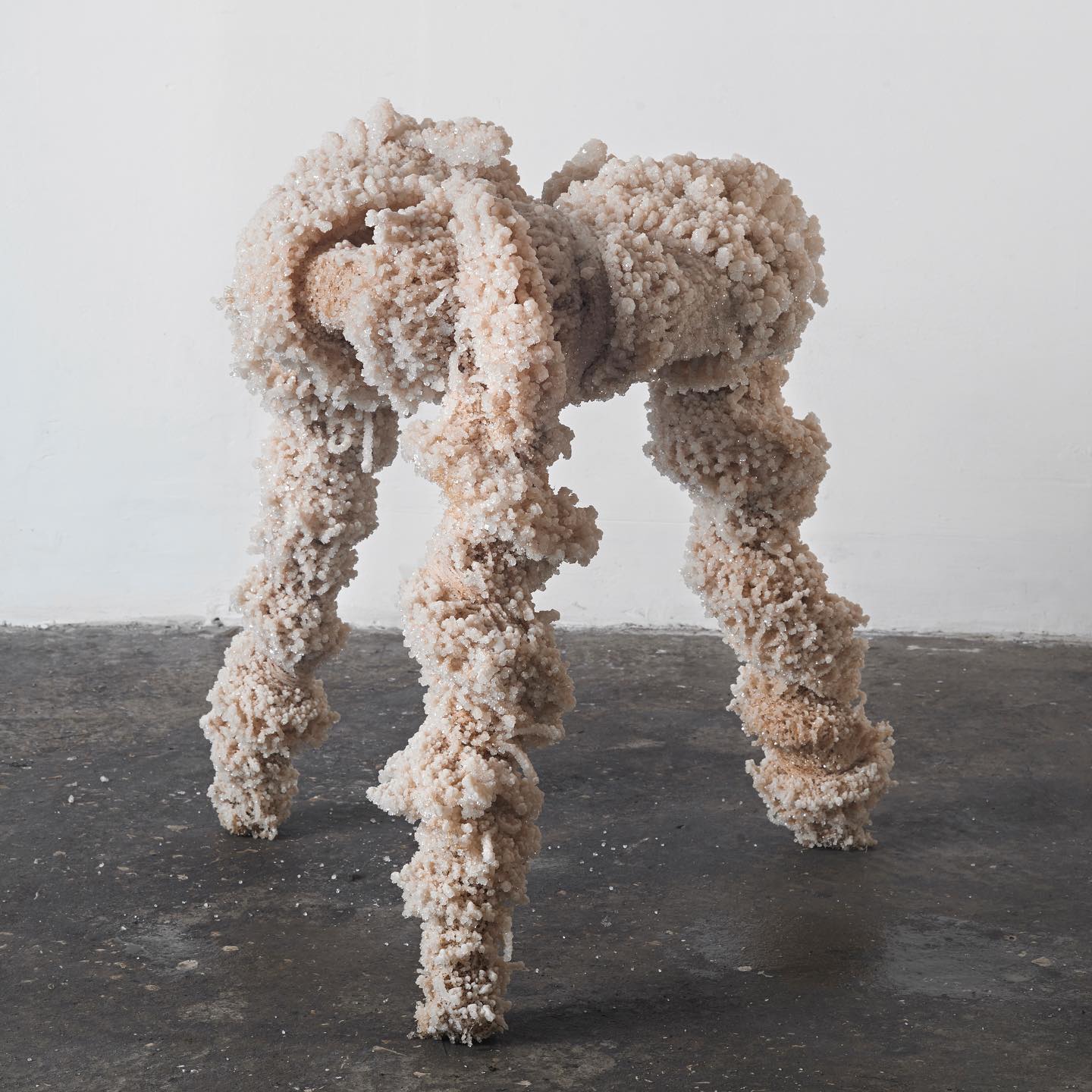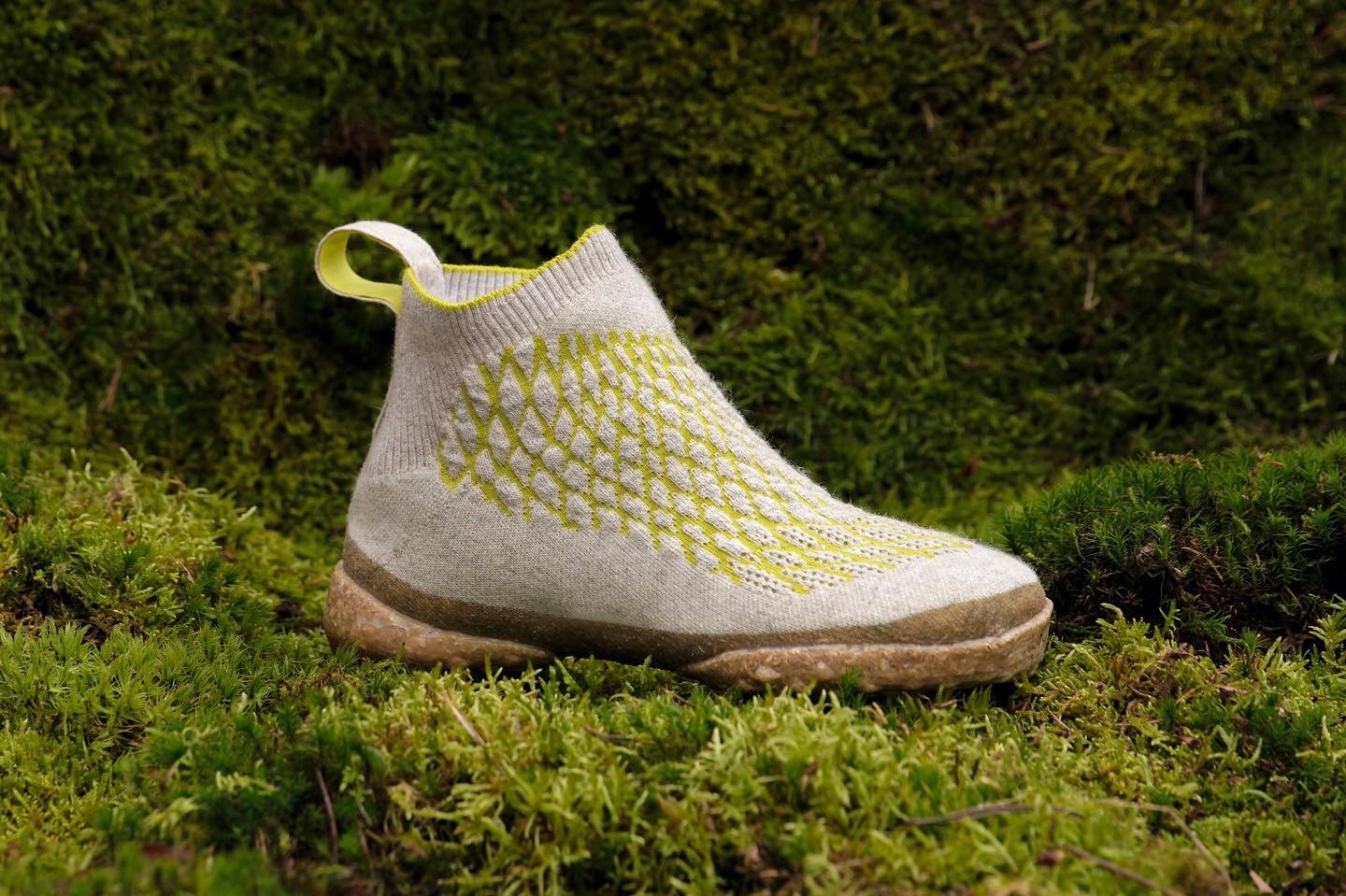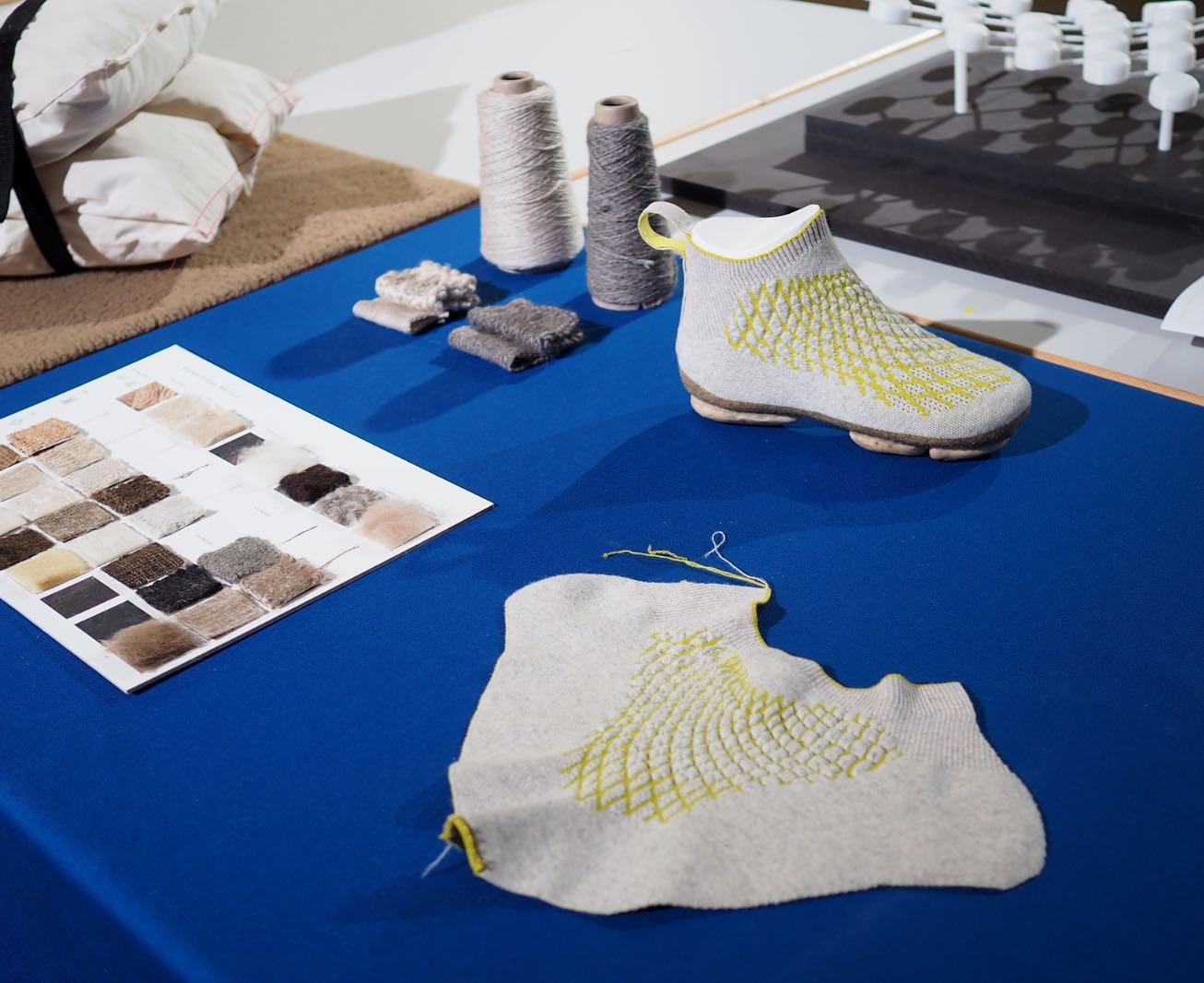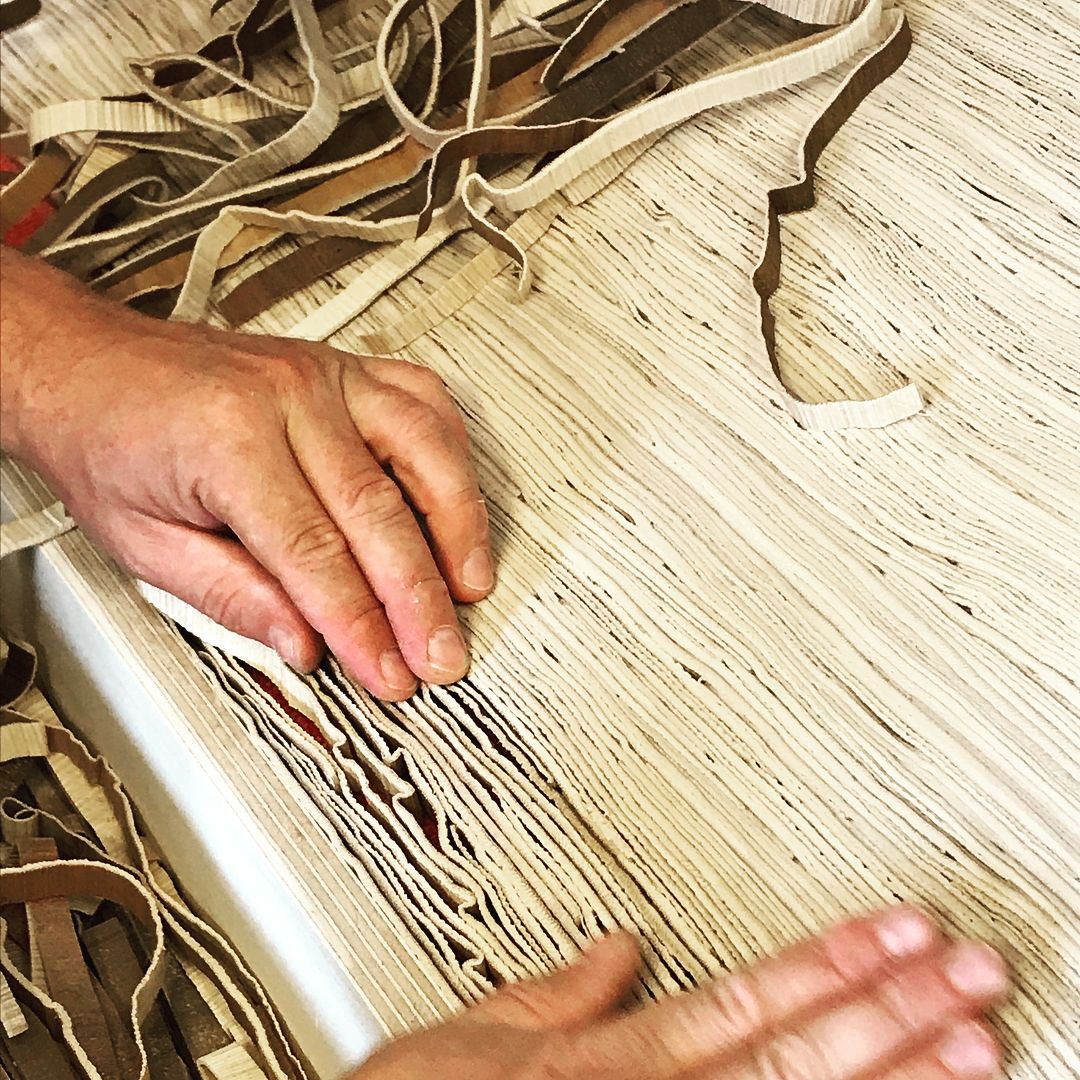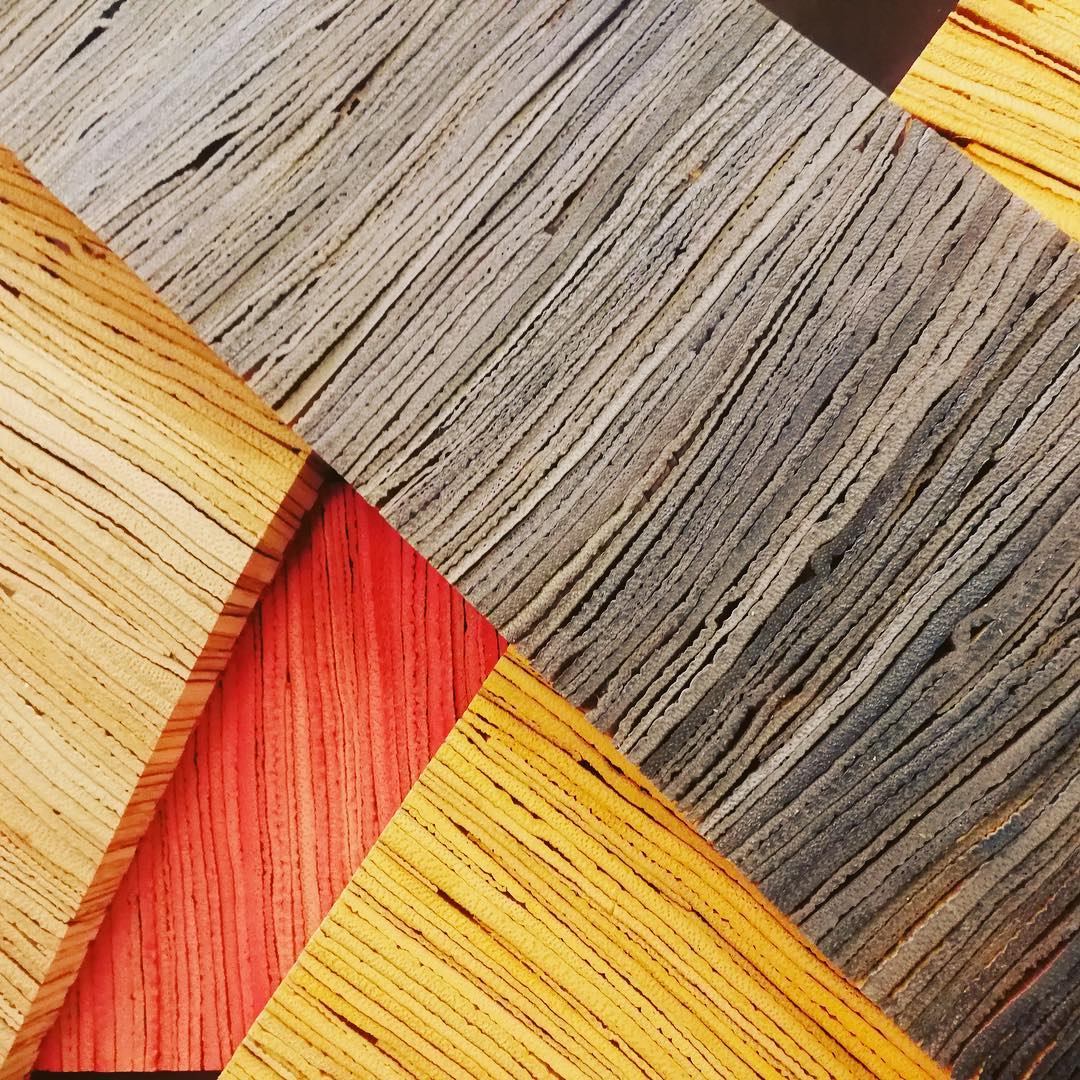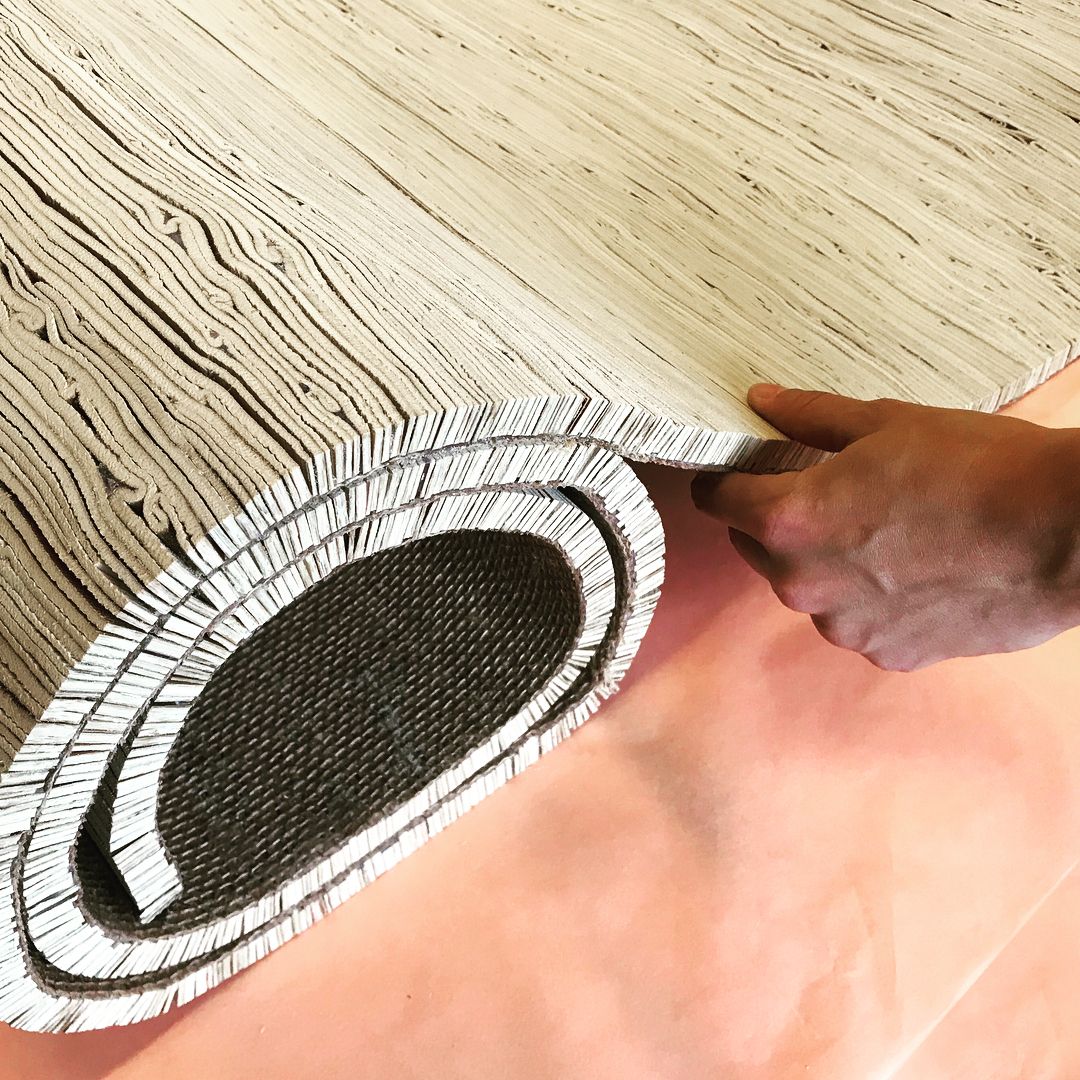
The Evolving Environment: Vegan Design for Today’s Sustainable Living
Many saw the 2010s as a decade of consequences. Extreme polarizing climates have made this evident – warmer summers, freezing winters; regional forest fires; unrelenting typhoons and hurricanes. Climate change advocates turned to more active measures by pushing industries to shift toward sustainable value chain business models, and environmental responses. They would more often look at the concept of a circular economy to allow regeneration of resources through recycling waste for renewed use. Thus, reducing production costs, over-consumption, and unnecessary waste.
Veganism first rose to popularity in the 1960s as a countercultural movement advocating for more environmentally ethical food sourcing, production, and consumption. Naturally, its original cause has integrated with contemporary calls for sustainability. As such, it has become one of the many key strategies for achieving sustainability. Within the context of environmental issues, veganism has also evolved and made its place in our mainstream consumption. These plant-based, guilt-free everyday items promise better personal health and the benefits of “slow living”. Vegan products have innovated beyond food production, and into objects, fashion, interiors and building materials.
Erez Nevi Pana, a pioneer and innovative vegan designer, believes that choosing vegan design presents not just a shift in work ethic but also a change in lifestyle. His works like the Banana-Cloth Cocoon, Banana Bag Chair, and the Sea-Salt Furniture collection embody guilt-free, cruelty-free, and clean plant-based design, all of which are foundations of vegan design.
From these foundations, designers have spun more interesting takes such as that of German designer Emilie Burfeind’s bio-design sneakers. Her Sneature project is a compostable trainer comprised of a sole made from mushroom mycelium, and a shoe body of 3D-knitted dog hair. The use of animal fur has been frowned upon because of how it is acquired. But Burfeind’s intervention opens up the possibility of using animal sheddings or “waste fur” instead of more harsh means. The project also completes the idea of a circular economy where it can be recycled or composted at the end of its life cycle.
Ethical sourcing of leather has also been a point of tension for sustainability. This is due to a number of alternatives not upholding the values of vegan and sustainable design. For example, synthetic leathers have PVC or polyurethane as the major component of the material. This is a contradicting approach for promoting bio-design. Although it also promises ease of maintenance, the laminate used tears off easily, shortening the life span of the alternative compared to the genuine.
The main idea of Studio Tjeerd Veenhoven’s PALMLEATHER is to present a “better” and “cheaper” replacement for animal, plastic, and rubber varieties. It is recyclable and biodegradable. Palmleather also takes leather production’s concern of water consumption into account. The material uses less water during production, reducing the product’s carbon footprint and conserving water.
As the practice of Vegan design rapidly develops, it continuously opens avenues for innovation and possibility for better sustainable design solutions. While its ideas may be contested, the concepts are ever evolving. Nonetheless, these will bring the future within reach.

